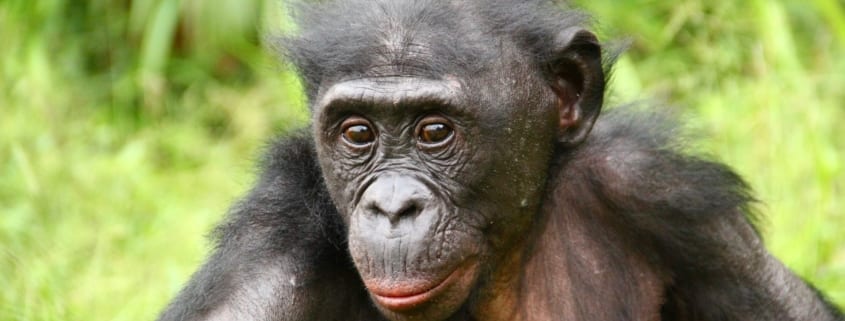New Reserve Protects Bonobos in Congo Rainforest
The Democratic Republic of Congo (DRC) is home to the Congo Basin, the second largest tropical rainforest in the world. Despite having some of the highest biodiversity levels on Earth, the Congo Basin is one of the world’s least protected and most vulnerable forests.
The DRC also suffers from widespread poverty — a result of decades of war and infrastructure neglect. The country’s interior communities have had to fend for themselves, and many residents make a living from traditional fishing or small-scale agriculture. Forest resources might supplement a family’s few chickens or ducks. But these options don’t always offer a living income.
This combination of poverty, isolation and a lack of infrastructure is a challenge to wildlife conservation in the DRC. But new laws offer communities the right to partner with conservation groups to manage their own forests. Conservationists and communities can now work together to save forests and expand community self-governance.
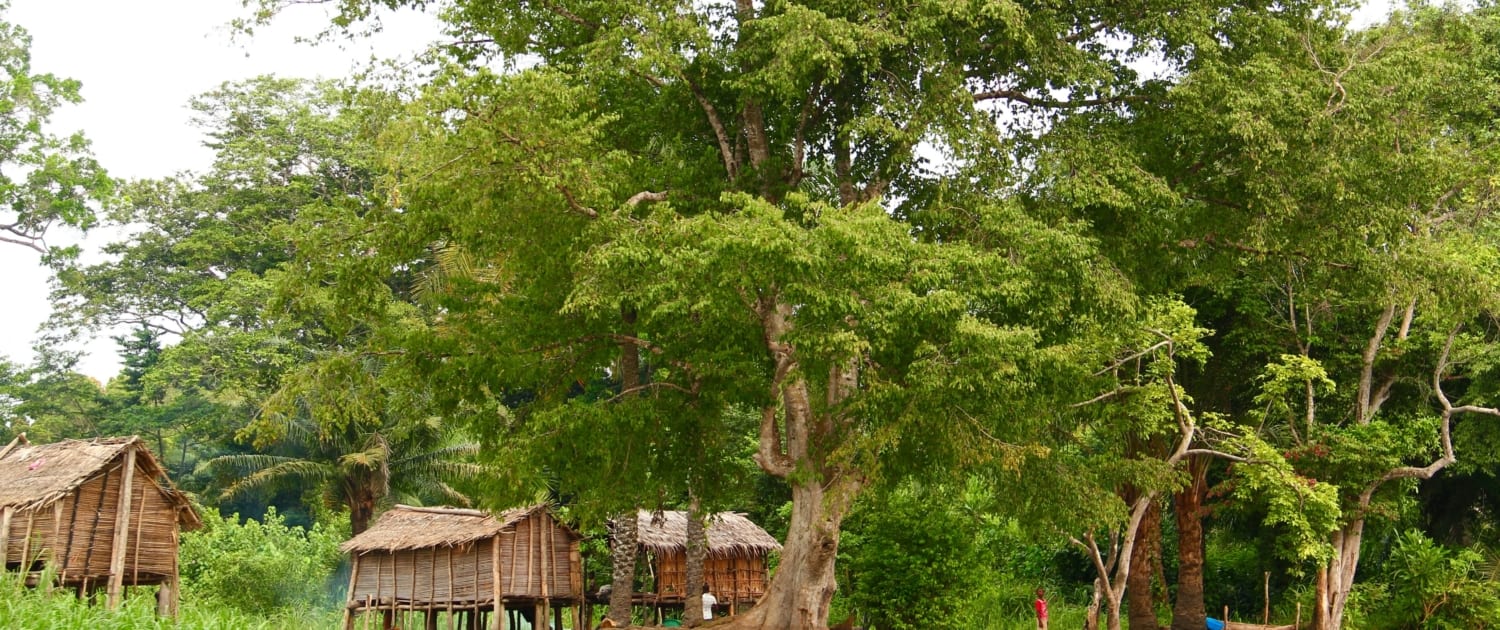
A community in the region. Photo courtesy of ABC.
With this in mind, Rainforest Trust and local partner Amis des Bonobos du Congo (ABC), also widely known as Lola ya Bonobo in the U.S., set out to create the Ekolo ya Bonobo Community Reserve in the Équateur Province. And last month, the governor of the province signed a declaration to designate the site as a protected area. Ekolo ya Bonobo, covering 117,412 acres of mostly swamp forest, is home to wild Bonobos.
The Bonobo, the closest living relative of the Chimpanzee, is one of the Congo’s most iconic and threatened species. The species is endemic to the DRC’s rainforests and the International Union for Conservation of Nature lists them as “Endangered.”
Ekolo ya Bonobo is home to a diversity of unique flora and fauna. Besides Bonobos, the forest contains Giant Ground Pangolins, Leopards, Grey Parrots and three of the DRC’s four crocodile species. Bushmeat hunting is a significant threat to wildlife like crocodiles, monkeys and antelopes. While Bonobos suffer from habitat loss and poaching throughout the DRC, they have not been the direct targets of poaching in this area. This stems from both local taboos and increased awareness led by ABC’s community engagement programs.
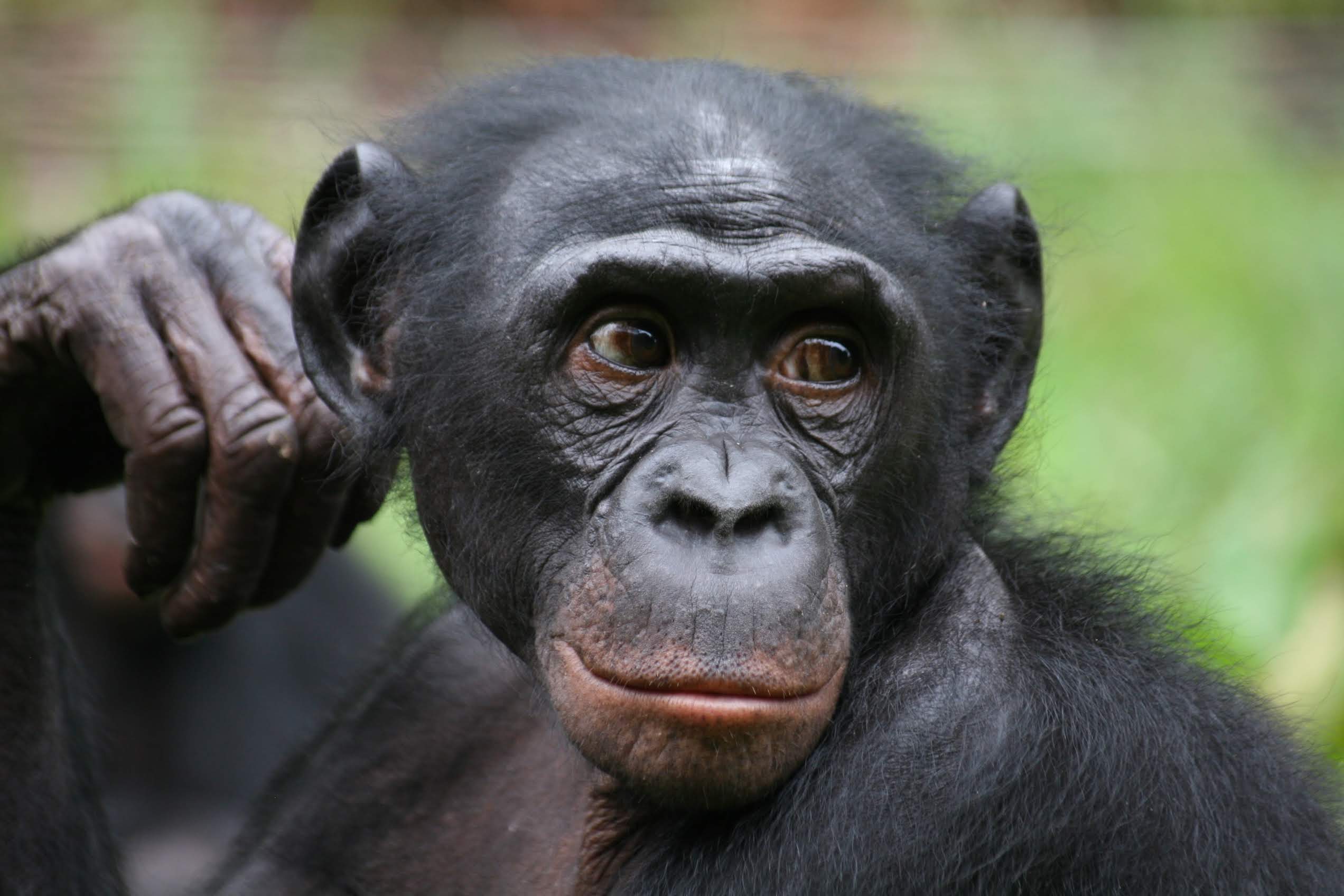
An Endangered Bonobo. Photo courtesy of ABC.
The communities of Ilonga-Pôo, Baenga and Lisafa are the customary owners of the forest, though most of the protected area is remote and uninhabited. The Lopori and Matoku Rivers separate the villages and the town of Basankusu from this forest. Though these towns are closest to the forest, most hunters come from outside the region. But community leaders have limited influence to enforce protection commitments.
The project began by confirming the community’s interest in conserving this land. Much of this initial success was due to ABC’s long history of conservation and outreach in the area. Over the past decade, the communities and Bonobo conservationists have worked together to increase education and health resources. This community involvement continues in the new protected area, where they will manage the reserve alongside ABC. Eventually, they hope to recognize the area with the national Environment Ministry, who will then also help manage the reserve.
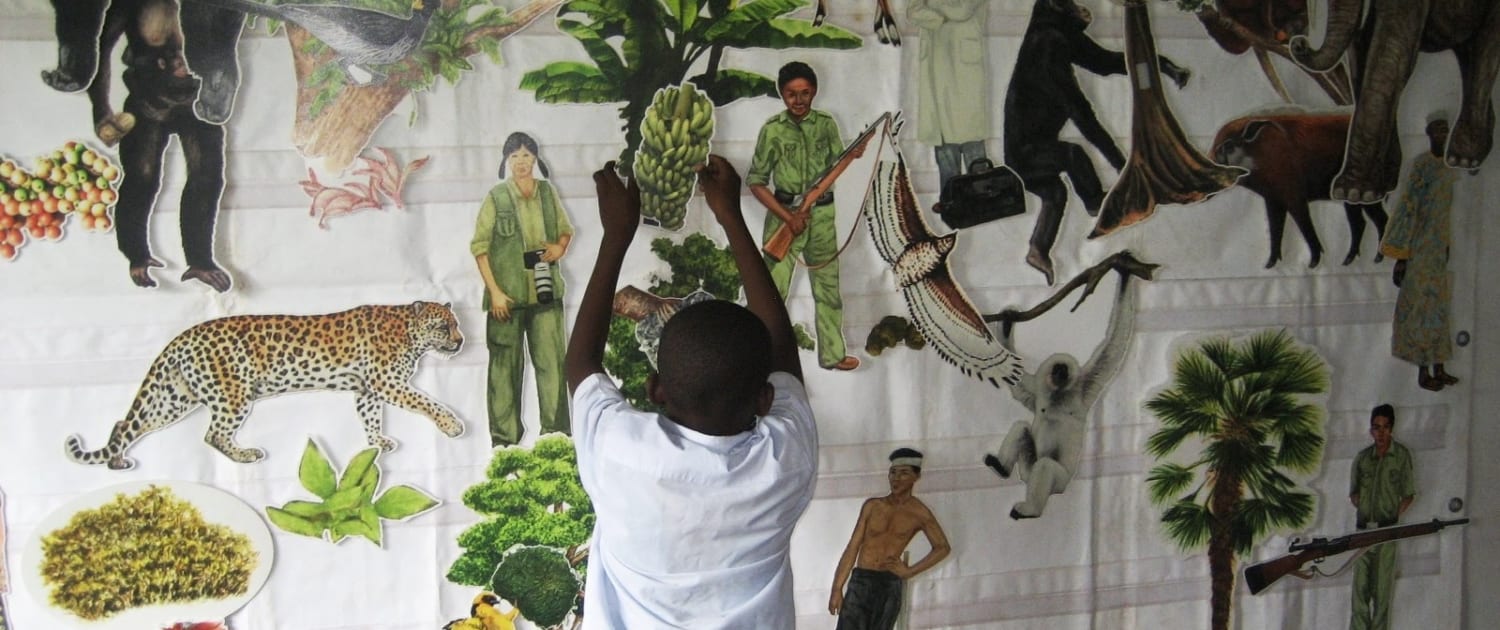
Educational programming for Bonobo conservation. Photo courtesy of ABC.
The reserve will train anti-poaching patrols with the legal right to prosecute hunters. It will also monitor wildlife over time and investigate biodiversity hotspots. The results of species surveys will inform complementary conservation education efforts.
This work is an important step forward for great ape conservation. But only significant and sustainable improvements in the communities’ economy will ensure long-term biodiversity protection. Hence, the project will continue to carry out community-led socioeconomic work that will guide effective and sustainable development efforts.
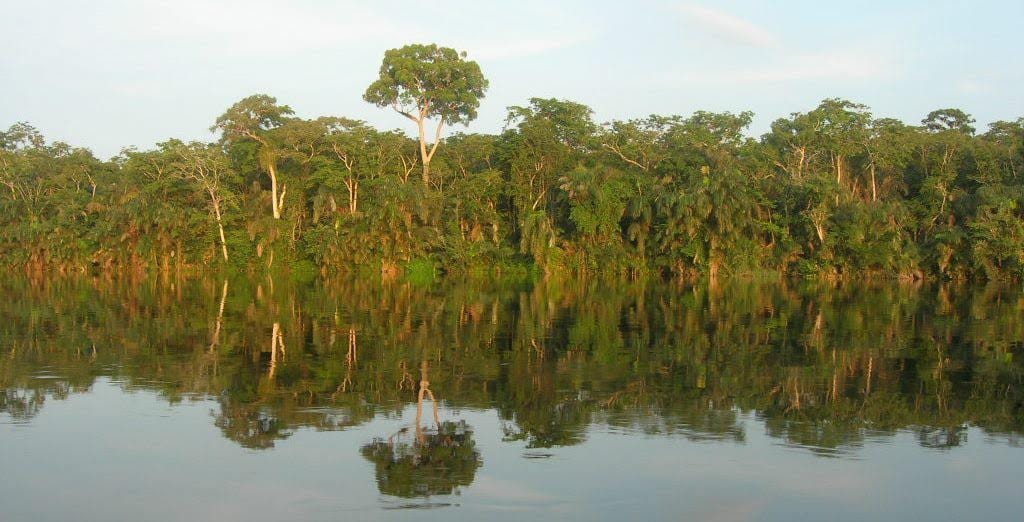
A view from along the Lopori River. Photo courtesy of ABC.
“The rainforests of the Congo Basin deserve the world’s conservation attention,” said Paul Salaman, President of Rainforest Trust. “But the communities of this area deserve our support as well. I’m pleased Rainforest Trust and ABC found success on this community-driven project to protect one of the world’s great ecosystems.”
This project was made possible through gifts to the Rainforest Trust Conservation Action Fund and the SAVES Challenge. Special thanks to Harvey and Heidi Bookman for their leadership support.
Header photo courtesy of ABC.

